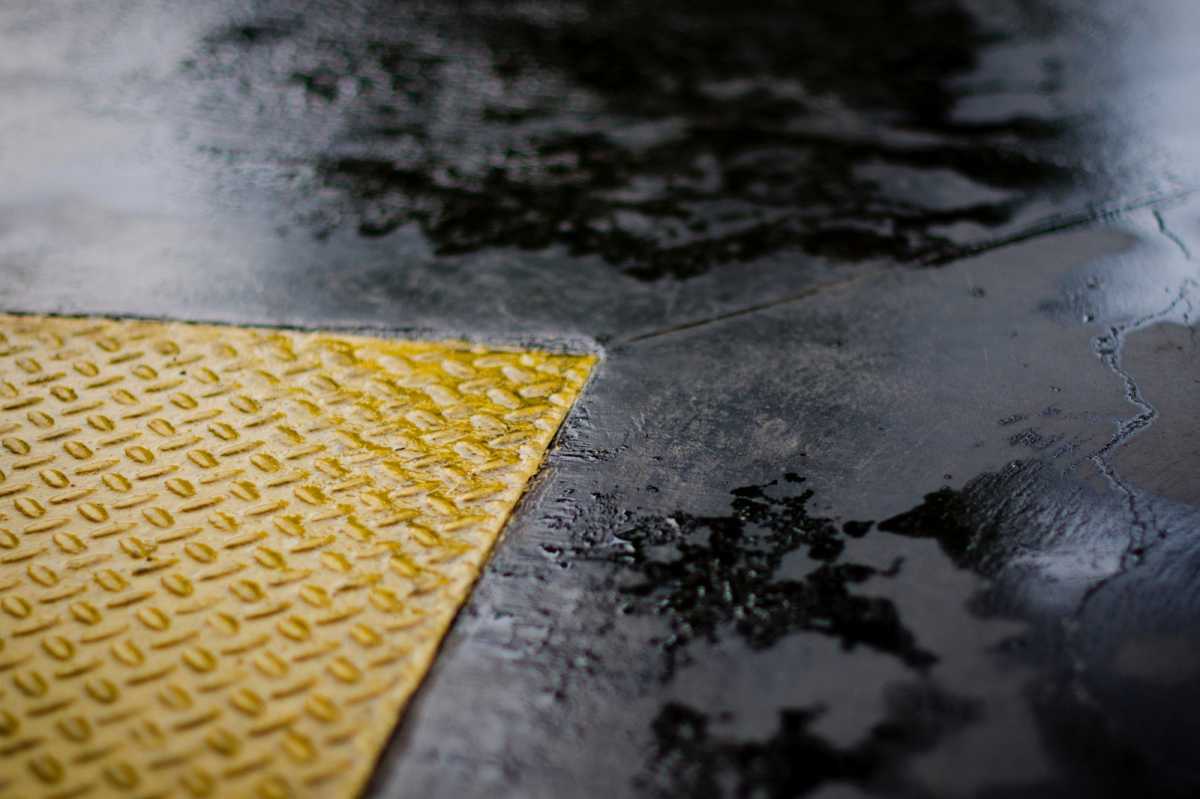The Ultimate Guide To Achieving A Flawless Finish With Acrylic Render
- - Category: Tools & Equipment
- - 13 Nov, 2023
- - Views: 136
- Save

How an acrylic render can improve your exterior walls.
If you're looking to achieve a smooth, flawless finish on your exterior walls, then using an acrylic render can be the perfect solution. Acrylic render is a widely used product in the construction industry due to its many benefits, including high durability, weather resistance, and ease of application. However, achieving a perfect finish can be a challenging task - that's why we've put together this ultimate guide to help you achieve a flawless finish with an acrylic render.
Preparation Is Key
The first step in achieving a flawless finish with acrylic render is proper preparation. This includes cleaning the surface to be rendered, removing any old or loose render, and ensuring that the surface is dry and free of any contaminants. It's also essential to ensure the surface is level and smooth, as any lumps or bumps will be visible through the render. If necessary, you may need to apply a bonding agent to the surface to ensure that the render bonds properly.
Choosing the Right Product
There are different types of acrylic render available, so choosing the right one is essential for achieving a flawless finish. Some renders are thicker and more textured, while others are smoother and more suitable for a polished finish. The key is to choose a product that matches the desired finish and texture of the wall. When selecting an acrylic render, it's also important to consider its color stability, as some products may fade over time. Always mix the product according to the manufacturer's instructions and use a good-quality mixer to ensure a smooth consistency.
Application Techniques
The technique used to apply the acrylic render plays a significant role in achieving a flawless finish. One of the most common techniques is to apply the render in thin layers, allowing each layer to dry before applying the next one. This helps to reduce shrinkage and prevent cracks from appearing on the finished surface. It's also essential to use the correct tools, including trowels, floats, and brushes, to achieve a smooth and even texture. Be sure to work in small sections to avoid the render drying out before you have a chance to smooth it out.
Finishing Touches
After the acrylic render has been applied, it's time to add the finishing touches. One option is to create a textured effect using a sponge or brush, which can help to hide any imperfections on the surface. You can also use a polishing tool to create a smooth, polished finish or add decorative features such as grooves or patterns. Whatever finishing touches you decide to add, be sure to follow the manufacturer's instructions and allow plenty of time for the render to dry before painting or sealing.
Maintenance
To maintain a flawless finish on your acrylic render, it's essential to carry out regular maintenance, including cleaning the surface to prevent the buildup of dirt and debris. It's also important to avoid using harsh chemicals on the surface, as this can damage the finish and cause it to deteriorate more quickly. Finally, it's worth considering applying a protective coating to the surface to reduce the impact of weather elements and prolong the life of the render.
Acrylic render is an excellent choice for achieving a flawless finish on exterior walls, but it's not a quick and easy process. Preparation, choosing the right product, applying it correctly, and adding the finishing touches all play a crucial role in achieving the desired result. With a little patience and attention to detail, you can achieve a beautiful, durable finish that will last for years.

